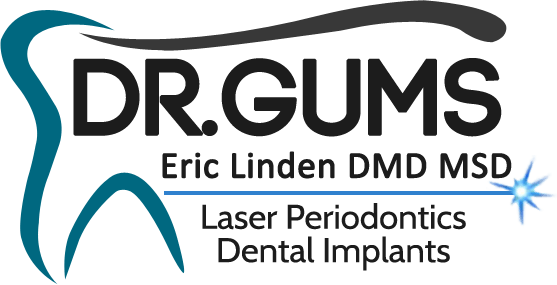CHICAGO – July 21, 2005 – Postmenopausal women may significantly reduce tooth loss by controlling their periodontal disease, according to a study in the Journal of Periodontology. Study Abstract *
Researchers from the University at Buffalo, School of Dental Medicine did a follow-up evaluation on 106 postmenopausal women and found that during an average of 11.7 years follow-up, 57.5 percent of the participants lost at least one tooth.
“We found that alveolar bone loss (the bone that holds the tooth in the mouth) is the strongest independent predictor of tooth loss in the postmenopausal population,” explained Mine Tezal, DDS and study author. “Each millimeter of alveolar bone loss increased the risk of tooth loss 3 times, and the risk of tooth loss increased 2.5 times for each millimeter of clinical attachment loss, or soft tissue attachment between the tooth and alveolar bone.” (This is also known as loss of gums and bone.)
The health of teeth depends upon the integrity of the alveolar bone holding them in the mouth. Periodontal disease is the major cause of alveolar bone loss and tooth loss in patients over 35.
“The long follow-up period is an advantage of this study since researchers were able to evaluate the same people more than 10 years later,” said Vincent J Iacono, DMD and AAP president. “Since alveolar bone loss has been shown to be a significant factor for tooth loss in postmenopausal women, studies will be needed to determine possible aggravating effects of post menopause on the severity of periodontal disease. Until we know more, postmenopausal women will want to control periodontal disease to significantly reduce their risk of alveolar bone loss and tooth loss.”
Estrogen deficiency after menopause and consequent loss of bone mineral density have been shown to be associated with increased rate of tooth loss. These relationships may be explained by increased severity of periodontal disease in estrogen deficiency.
The participants of this study had participated in a past study in 1989 and 1991. The average follow-up time was 11.7 years. The age ranged from 45 to 73 and all subjects had reached menopause with the average age at 48.8 years.
About the AAP
The American Academy of Periodontology (AAP) is the professional organization for

